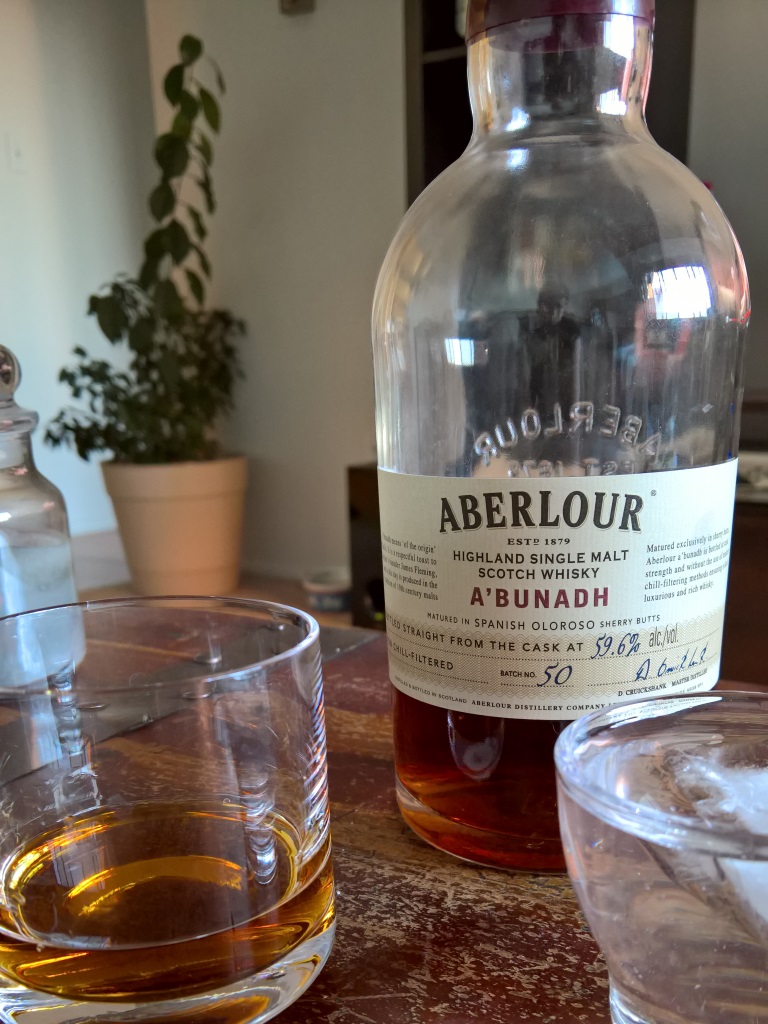Noah's Blog
Noah W.'s blog is full of technological exploration, findings, programming, and the life of a developer and film photographer.
Windows Phone: It's not me, it's you
It’s been quite a road for Microsoft’s mobile operating system. From Windows Mobile to Windows 10, a lot has changed. Most notably, its market share.
Apple PowerBook 2400c
This is the second installment of my “Adventures in old Tech” theme of posts. I hope you enjoy reading about one of my favorite laptops ever created.
Old Tech Adventures: Part I
The year was 1991. Personal computing was just becoming popular and 5.25” floppy disks were all the rage. Enter the CD-ROM. There was so much more storage potential, the possibilities seemed endless. When Sony released one of their first CD-ROM drives, they packaged it with a compliation of 6 discs called the “Laser Library.” I suppose if you’re going to drop $1,200 on a new technology, you might as well get some stuff to play with.
Huffduffer
A while ago, I found out about an interesting site called Huffduffer It basically allows you to create a custom podcast feed based on single audio clips/episodes you find around the web. In short, you can tag single podcast episodes from shows you normally do not subscribe to in a feed-at least that is how I use it.
